
We spent 15 minutes on the phone with Hogy Pro-Staffer, Eric Harrison, to discuss jigging for winter striped bass in New England with the Hogy Epoxy Jig Lures. Here's what we learned...

Location: Rivers in CT, RI, and MA. Stripers winter-over in most New England rivers as well as around power plants with warm water discharges. Many spots are well known and they are usually near the first major obstruction like a dam or rapids. Stripers tend to winter over in deep holes, but will move frequently, often with the tides.
Season: The action in the rivers usually heats up as the last of the migratory fish are leaving. Most spots will produce from November to March.
Tides: Stripers usually hang in the tidal zone and outgoing tides will often stir up the fish and get them biting. Areas with tidal currents usually produce much better than slack water.
Approach: Start by trying to locate schools of fish with your fishfinder. Many rivers will hold large schools that are easy to find with sonar, other rivers have much smaller populations that require a bit more searching.
Once a school is located, I use both plastics and epoxy jigs to work the fish. Both are excellent search baits as well as finesse baits that can be slowly worked directly below a boat or kayak.
When fish are active, the epoxy jig is a great cast and retrieve bait. They cast very well, even on windy days, and are easy to keep in the bottom half of the water column where most of the fish are. Let the jig sink to the bottom and use a moderate to slow retrieve with gentle twitches. Stripers aren’t very active in cold water and fast, jerky retrieves don’t get the hits that the slow steady retrieves do.
If the fish are suspended, let the jig sink to the top of the school and slowly work it just above the fish. When the fish are inactive or carpeting the bottom, drop the jig to the bottom directly under the boat and use a steady jigging motion keeping in contact with the jig on the drop back. Many of the hits are very subtle, sometimes you lift the rod and the fish is on with no noticeable take.
The Epoxy Jigs allow you to pinpoint the fish at a particular depth. Stripers are usually in 15’ to 40’ of water and may suspend off the bottom or may be directly on the bottom. The weight of the jig will help you keep it in the strike zone.

Bait Selection: SI 3/8oz – 7/8oz Epoxy Jigs
Why This Bait? Epoxy jigs are best fished on a rod rated for ¼ to 1 ounce with a baitcasting or small spinning reel. A light, sensitive rod will telegraph light hits and allow you to use the smaller size jigs when needed. I use either 10 or 14-pound braid to a 12-pound mono leader.
I have been successful with every color that I have tried, but my go-to colors are olive and purple. Different rivers may have different baitfish, but these colors are good representations of smelt and herring, baitfish common all over New England. I start off with the 7/8-ounce size and if the fish are inactive I will drop the jig size to 5/8 or even 3/8-ounce to get them to feed. Smaller jigs with less action will sometimes entice fish with lockjaw. I usually keep one rod rigged with the Epoxy jig and another rod rigged with a 6-inch Skinny Hogy on a ½-ounce ball style head. I switch off between the two to figure out which bait is working each day. Winter stripers are sometimes very inactive and working these jigs very slowly will almost always put a few fish in the boat.
Colors: Purple, Bone, Olive are great for imitating small winter forage.
OUTFIT
Rod: 7″ Medium Fast Action Baitcaster
Reel: Shimano Curado 200
Line: 10 – 15lb Braid
Leader: 12lb Fluorocarbon
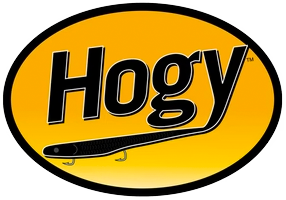
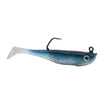
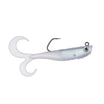
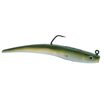
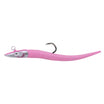
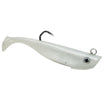
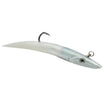

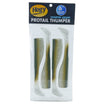
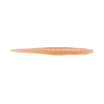
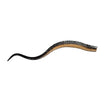
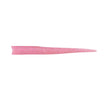
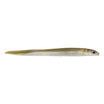
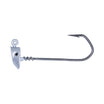
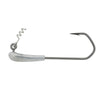
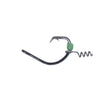
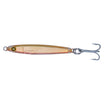
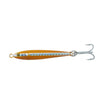
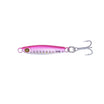
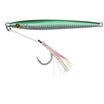
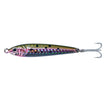
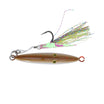
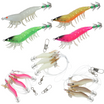
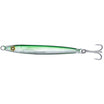
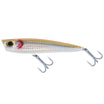
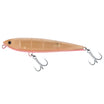
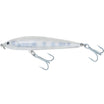
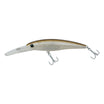
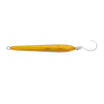
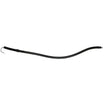
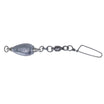
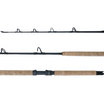
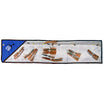

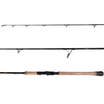
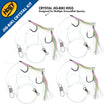
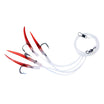
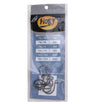
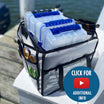
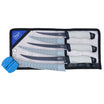


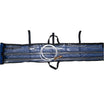




Leave a comment
All comments are moderated before being published.
This site is protected by reCAPTCHA and the Google Privacy Policy and Terms of Service apply.